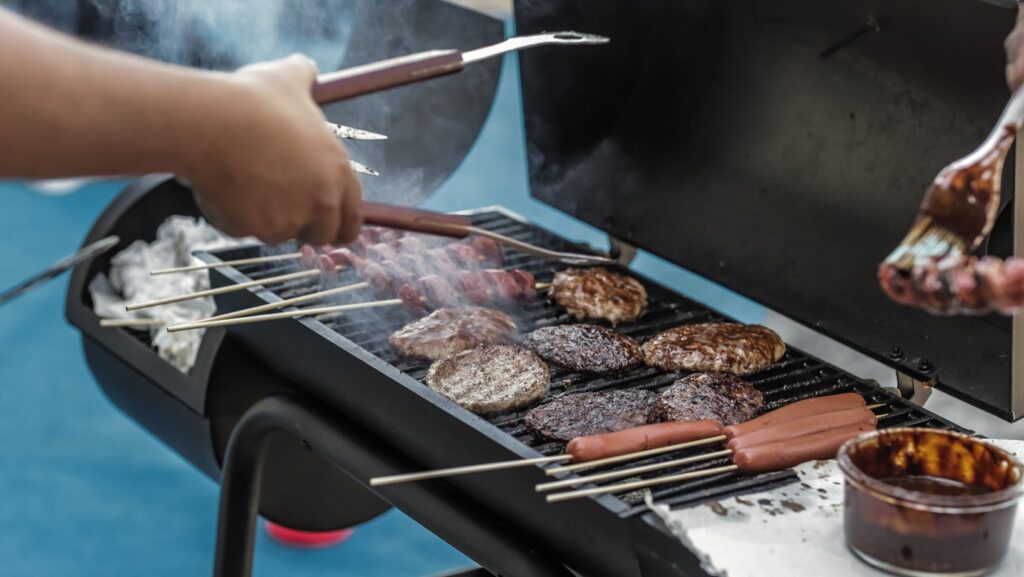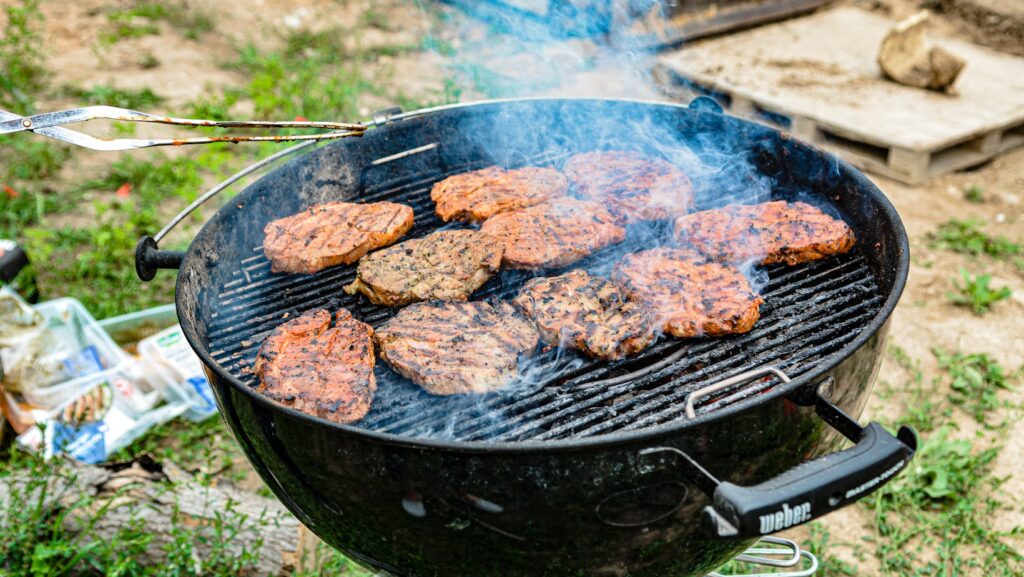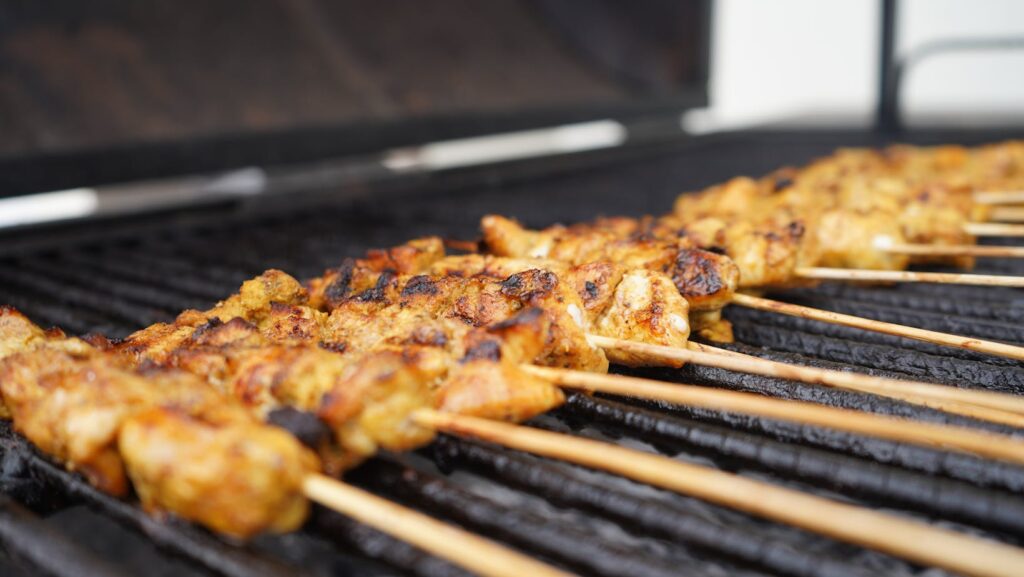Ever wondered how top chefs manage to pack such a punch of flavor in every bite? One secret lies in mastering dry cooking techniques. From searing to roasting, these methods unlock a world of culinary possibilities right in your kitchen.
Dry cooking isn’t just for the pros—you too can bring out the best in your dishes. Whether you’re a novice cook or a seasoned home chef, understanding these techniques can take your cooking to new heights.
Dry Cooking Techniques
What Are Dry Cooking Techniques?
Let’s unravel the term “Dry Cooking Techniques.” These techniques, in the culinary realm, refer to heat application methods on food without the use of moisture. Dry heat cooking, at its most basic, involves baking, roasting, grilling, broiling, sautéing, and frying. These techniques are all about caramelization, where the food’s natural sugar breaks down, creating rich, deep flavors. For instance, consider the golden-brown crust of a grilled steak or the crispy edges of fried bacon.
Benefits of Dry Cooking Techniques
Dry cooking techniques possess numerous advantages. Firstly, they often result in excellent flavor and textural enhancement. Thanks to the Maillard reaction—a chemical interaction between amino acids and reducing sugars when exposed to heat—dry cooking adds an enticing layer of complexity to your dishes. Imagine biting into a crisp, golden roast chicken with its juices locked inside or savoring the intense flavors of stir-fried vegetables.
Secondly, most dry cooking techniques are quick and convenient. For example, sautéing is speedy, and grilling can be accomplished in mere minutes given the right equipment. Dry cooking methods, though simple, can highly upgrade your everyday cooking.
Lastly, dry cooking techniques require fewer utensils, reducing clean-up time. Unlike boiling or simmering, these methods generally use a single pan or pot, and there’s no water or stock to drain off. This feature can make your kitchen experience more relaxing and enjoyable.

Popular Dry Cooking Methods
Let’s delve deeper into a few specific dry-heat cooking techniques.
Roasting and Its Nuances
Roasting, typically performed in an oven, surrounds your food with heat in a closed environment. Unlike baking, roasting applies to foods that already contain structure, like meat and vegetables. This method catalyzes a Maillard Reaction or caramelization on the outside, enhancing flavor and appearance. An example of this technique is herb roasted chicken, where the high heat crisps the skin while ensuring juicy meat inside.
Grilling for Flavor and Char
Grilling employs heat from below, simulating an open-fire scenario. This quick-cooking method achieves great flavor and marks your food with distinct charred stripes. You’ll find this technique in use at your favorite steakhouse, where they grill the meat to seal in juices, create a crust, and provide a smoky flavor. When grilling at home, remember this simple rule: the hotter the grill, the tastier the sear on your food.
Broiling Basics
Broiling mirrors grilling but flips the heat source to the top. Your oven’s broiler exposes food items to direct heat, cooking them quickly and effectively. You’ll adore broiled seafood or cheering your garlic bread as it turns the perfect shade of golden brown in the broiler. A vital point to keep in mind: watch your food closely while broiling to avoid burning, due to the high temperatures involved.

Best Practices for Each Technique
- Roasting: A key practice in roasting involves preheating your oven. For a golden-brown, crispy exterior, place the food on the middle rack. Use tin foil or a roasting pan to catch any drips, keep the oven clean and facilitate even heat distribution.
- Grilling: When grilling, first preheat the grill to achieve a searing hot surface. This method helps to seal in juices and minimize sticking. Remember to oil the grill grates and the food itself for a non-stick, flavorful result.
- Broiling: Position the food correctly; for broiling, it should usually be 3 to 4 inches under the heat element. Don’t overcrowd the broiler pan, as it can hinder even cooking and result in a steamy environment, deterring the dry-heat method effect.
With practice, you’ll find your culinary skills reaching new heights. So, don that apron, fire up the grill or oven, and get ready to impress with your newfound knowledge and skills. Remember, great cooking is a blend of technique, technology, and passion. Happy cooking!
